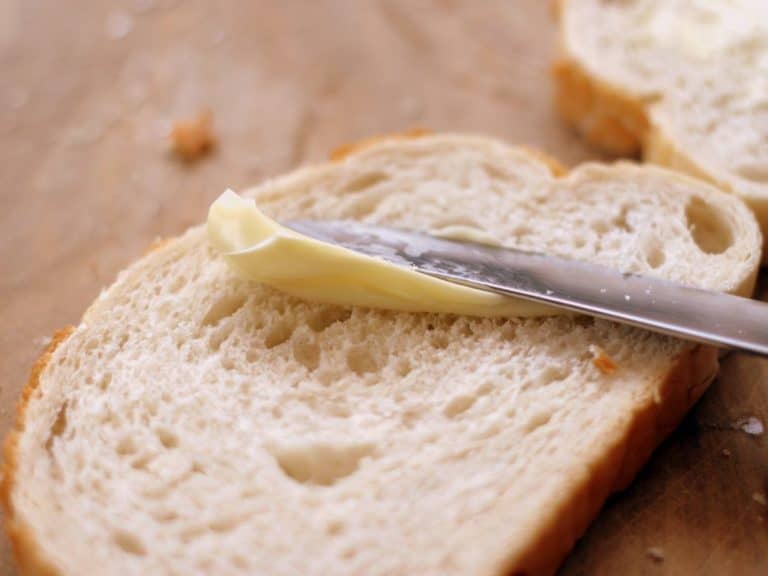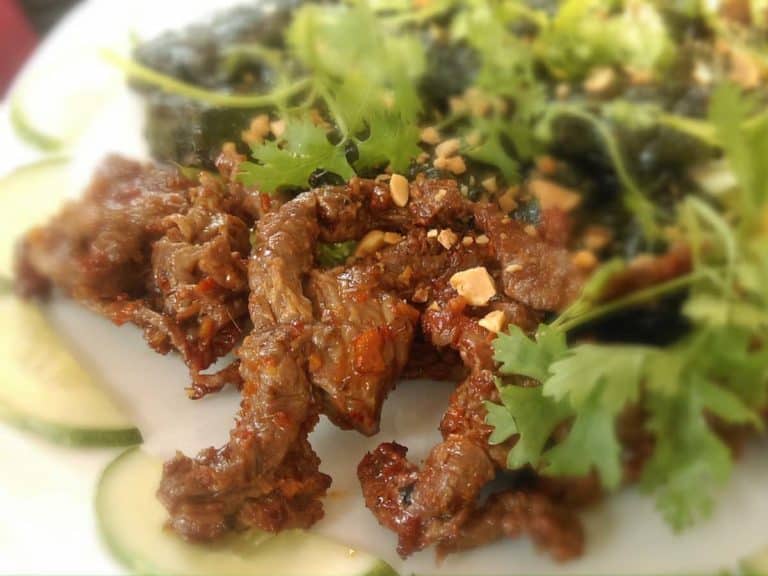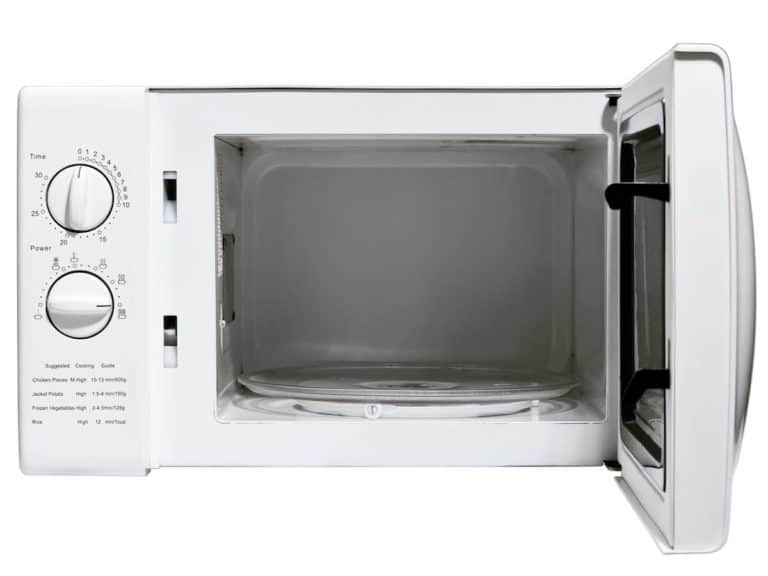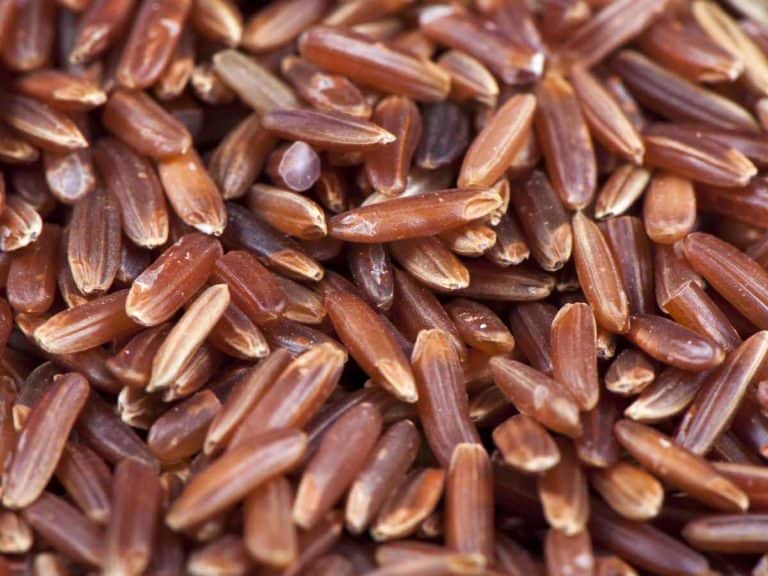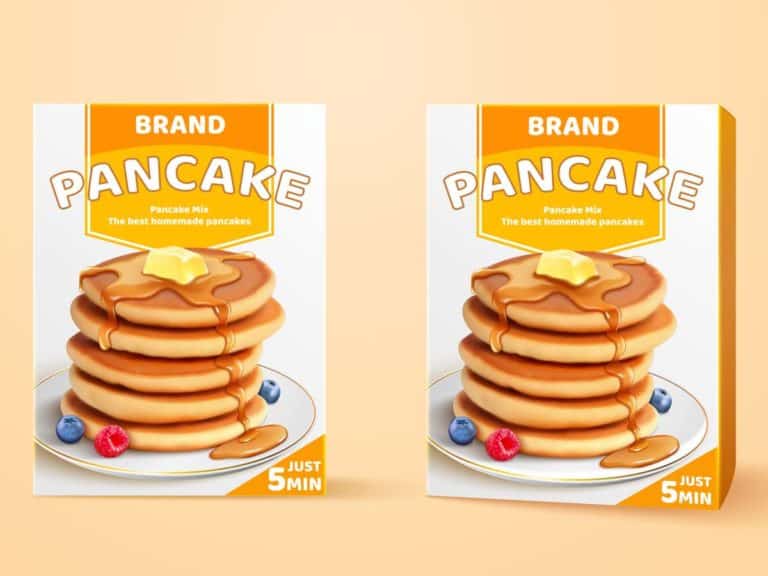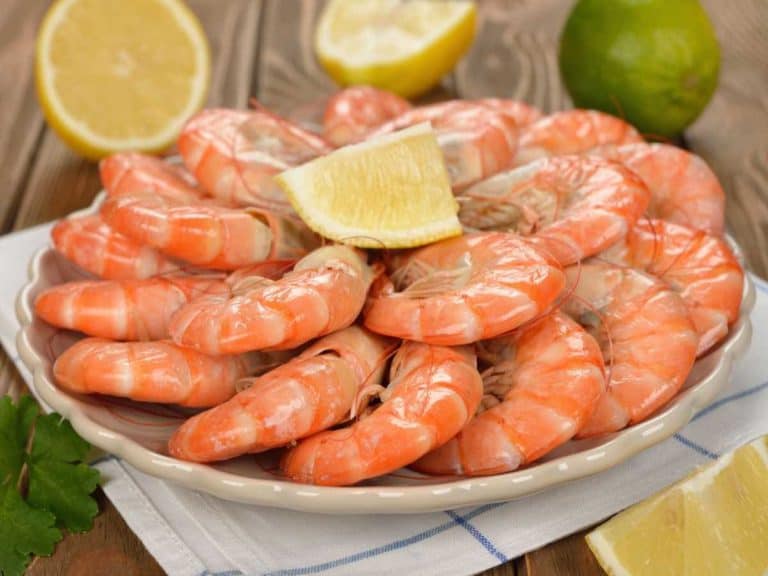Does Powdered Sugar Have Gluten?
So, you just came across a pack of powdered sugar that says “gluten-free” at the grocery store. Does this mean that some brands of powdered sugar have gluten in them?
Generally speaking, powdered sugar is 100% free of gluten. That’s because the cornstarch added to it as an anti-caking agent is gluten-free. However, some cornstarch is made in facilities that also process food products with gluten, which might cause powdered sugar to have a very small amount of gluten.
What makes some people suspect that powdered sugar has gluten is the fact that the product usually has cornstarch, which is from corn, a type of grain. Gluten is found in certain types of grains.
If you are steering clear of gluten at all costs because you have celiac disease or experience all sorts of unusual symptoms after consuming anything with it, don’t stop reading now.

Why Does Powdered Sugar Have an Anti-Caking Agent?
An anti-caking agent is added to powdered sugar to keep it from clumping. Sugar is hygroscopic, which means that it will absorb moisture in the environment. Powdered sugar is more hygroscopic than granulated sugar. Having smaller particles, powdered sugar tends to attract moisture even more so.
Salt is the most common anti-caking agent there is.
Unfortunately, it’s not the best anti-caking agent for powdered sugar. No, it’s not because salt will reduce the sweetness of powdered sugar. As a matter of fact, salt will enhance the sweetness of powdered sugar, which is not a good thing especially if powdered sugar with salt is used for baking — it will ruin the recipe!
What salt reduces is bitterness. And aside from sweet, salt also enhances sour and umami tastes. If you want to reduce sweetness, what you need to do instead is add something acidic, like lemon juice.
It’s because of being hygroscopic why homemade powdered sugar recipes usually call for the addition of a small amount of cornstarch. Most recipes suggest using one tablespoon of cornstarch for every cup of powdered sugar.
You may skip adding cornstarch, but it’s for certain that your DIY powdered sugar will end up clumpy sooner or later.
Besides cornstarch, some powdered sugar manufacturers use other anti-caking agents, too.
One of them is potato starch, which has pretty much the same properties as cornstarch: flavorless and odorless. Potato starch is different from potato flour, which is not a good anti-caking agent for powdered sugar or any other food product that can clump easily because potato flour tastes like, you guessed it, potato.
Another anti-caking agent some makers of powdered sugar count on is tricalcium phosphate. Worry not if the powdered sugar you just bought says it contains this ingredient. Tricalcium phosphate is not a harmful synthetic chemical — it’s just a concentrated form of calcium that some people take as a supplement.
How To Make Powdered Sugar at Home
Powdered sugar can be made at home by pulverizing granulated sugar. A food processor, powerful blender or large coffee or spice grinder may be used. Using a mortar and pestle is possible, too. However, this approach is more laborious. A little cornstarch can keep homemade powdered sugar from clumping.
Some of the other names of powdered sugar can sound so fancy. It’s due to this why some people may think that icing sugar or confectioners’ sugar, which is just powdered sugar, is manufactured differently.
But no matter what it’s called, powdered sugar is just that — granulated sugar in powder form!
Needless to say, you can easily turn granulated sugar into powdered sugar in your own kitchen with the help of the same device you use for pureeing tomatoes or grinding peppercorns. But because it will surely clump in no time, you will also have to add an anti-caking agent to your DIY powdered sugar just like what powdered sugar manufacturers do.
Thinking about making powdered sugar from scratch? Here are the simple steps:
- Grab a food processor, powerful blender, or large coffee or spice grinder.
- Add one cup of granulated sugar.
- Add one tablespoon of cornstarch.
- Blend anywhere from 30 seconds to five minutes, depending on the device.
- Check if powdered sugar is already fine and fluffy — otherwise, blend sugar more.
If you don’t want to risk it, you may replace one tablespoon of cornstarch with one tablespoon of potato starch. Or skip adding any anti-caking agent altogether if you are going to use all your powdered sugar anyway.
When making powdered sugar with your own two hands, use granulated sugar. It’s not a good idea to use brown sugar for your DIY powdered sugar project. That’s because brown sugar naturally contains a lot of moisture — pulverizing it will result in a clumpy mess, even if you add some cornstarch in the process.

How To Keep Powdered Sugar From Clumping
Moisture is the thing that makes powdered sugar clump in the first place. So, in order to keep powdered sugar from clumping, it needs to be kept from coming into contact with moisture in the environment. This can be done by placing sugar in an airtight container, stored at room temperature.
Various powdered kitchen staples are prone to absorbing moisture and ending up clumped together — powdered sugar even more so because the smaller the particles of sugar, the more hygroscopic it becomes.
Naturally, to keep clumping at bay, you should avoid exposing powdered sugar to moisture at all costs.
The problem is that there’s moisture practically everywhere, including especially the air. It’s because of this exactly why it’s a good idea to transfer powdered sugar to an airtight container after opening its original packaging.
And before doing so, make sure that the container itself and its gasketed lid are both dry.
It’s not enough that you store powdered sugar in an airtight container. It’s also a must that you store the container in a cool and dry place, such as your pantry.
There is no need to worry about powdered sugar clumping in its original packaging. That’s because it will stay in good condition for as long as the packaging is unopened. As a matter of fact, an unopened pack of powdered sugar, particularly if kept at room temperature, will stay good for an indefinite amount of time.
Meanwhile, the content of an opened package should be consumed within two years.
And by the way, it’s not just moisture that powdered sugar loves absorbing but also odors. Due to this, make sure that you store the saccharine ingredient away from anything that has a smell.
Just Before You Use Powdered Sugar
Powdered sugar, generally speaking, does not contain gluten. This is true even if it has cornstarch — cornstarch is from corn, and corn does not have any gluten. Powdered sugar that may have gluten may contain negligible amounts of it (less than 0.01%) as a result of cross-contamination at facilities where the cornstarch content came from.
Got an extreme case of celiac disease or gluten intolerance?
Then don’t risk it — make sure that you place a pack of powdered sugar in your shopping cart only if its manufacturer guarantees that its offering is gluten-free. This means that its maker is 100% certain that the cornstarch used as an anti-caking agent comes from a facility that does not process food products containing gluten.
Related Questions
Can you replace granulated sugar with powdered sugar and vice versa?
Do not replace sugar a recipe calls for with another type of sugar. Using granulated sugar or powdered sugar in place of the other can cause unexpected results due to the difference in texture and particle size. Powdered sugar usually has additional ingredients, too.
Is powdered sugar healthier than granulated sugar?
Since powdered sugar is just granulated sugar that is fine and fluffy, it’s similar to granulated sugar in a dietary sense. However, one cup of powdered sugar may contain slightly fewer calories than one cup of granulated sugar since the fluffiness of powdered sugar makes less of it fit in one cup.
